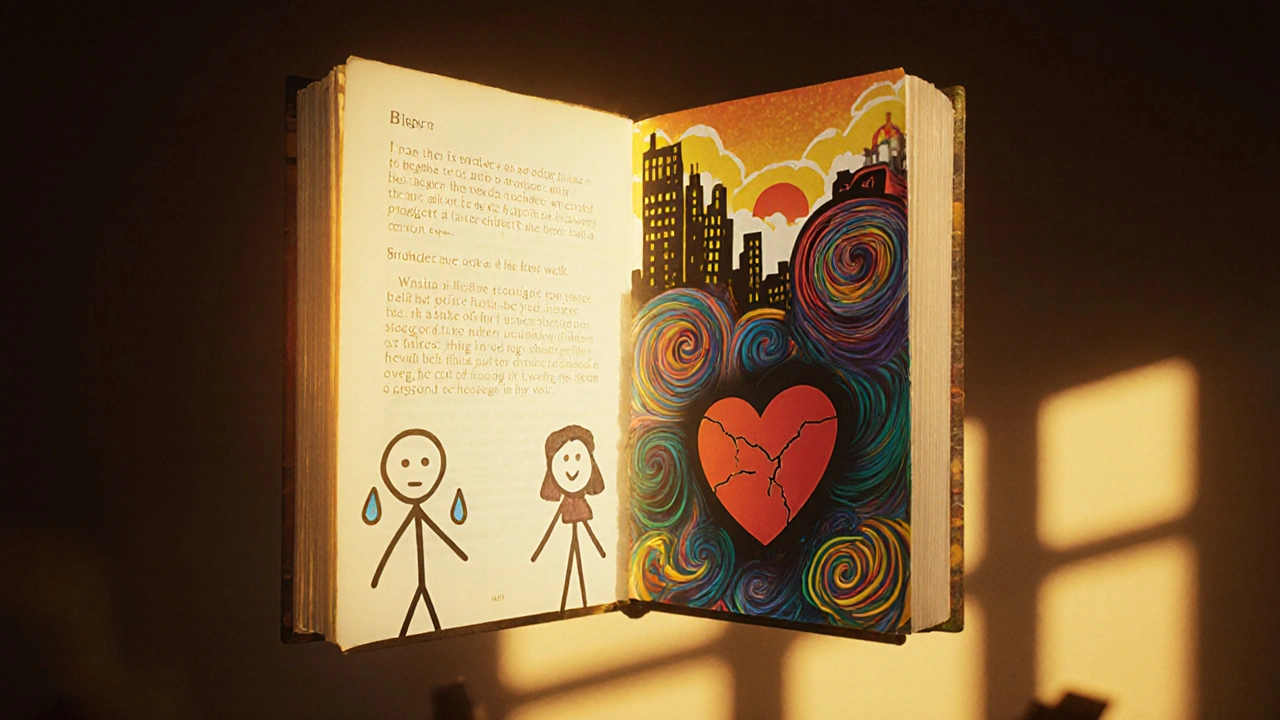Plot Summary: What Makes a Story Stick in Film
A plot summary, a condensed version of a film’s narrative that highlights key events, character decisions, and turning points. Also known as story outline, it’s not just a recap—it’s the backbone of how audiences connect with a movie. Without a strong plot summary, even the most beautiful visuals feel empty. You’ve seen it: a film with stunning cinematography but no clear direction. The characters drift. The stakes vanish. The ending lands with a thud. That’s not a failure of style—it’s a failure of structure.
Great plot summaries don’t list events. They show narrative structure, the hidden architecture that turns a sequence of scenes into a meaningful journey. It’s what makes you care when a character chooses to walk away, risk everything, or stay silent. Think of story arcs, the emotional and physical transformation a character undergoes over the course of a film. In plot summary terms, it’s not about what happens—it’s about how the person changes because of it. That’s why Agnès Varda’s essay films, or Hayao Miyazaki’s quiet heroes, stick with you longer than explosions in a summer blockbuster. Their arcs are clear, human, and earned.
When indie filmmakers nail a plot summary, they don’t over-explain. They trust the audience to feel the shift between scenes. A look. A pause. A door closing. That’s the power of restraint. In David Fincher’s The Killer, the plot summary is almost silent—each kill is a beat, each mistake a turning point. No monologues. No flashbacks. Just cause and effect, stripped bare. Meanwhile, films like Barbie or Long-Distance Love Stories use plot summaries to explore bigger ideas: identity, connection, isolation. The plot isn’t just a path—it’s a mirror.
What separates a good plot summary from a great one? Clarity. Emotional truth. And rhythm. Too much detail buries the point. Too little leaves you confused. The best ones feel inevitable—like the story had to unfold that way. That’s what you’ll find in the posts below: breakdowns of how films build their stories, from the smallest moment to the grand finale. Whether it’s how sound design supports tension, how production design shapes meaning, or how actors make tears feel real, every piece here ties back to one thing: the story that holds it all together.
Learn how to balance plot summary and analysis in book reviews and literary writing. Discover the right proportions, proven techniques, and why most reviews fail to connect.
View More

